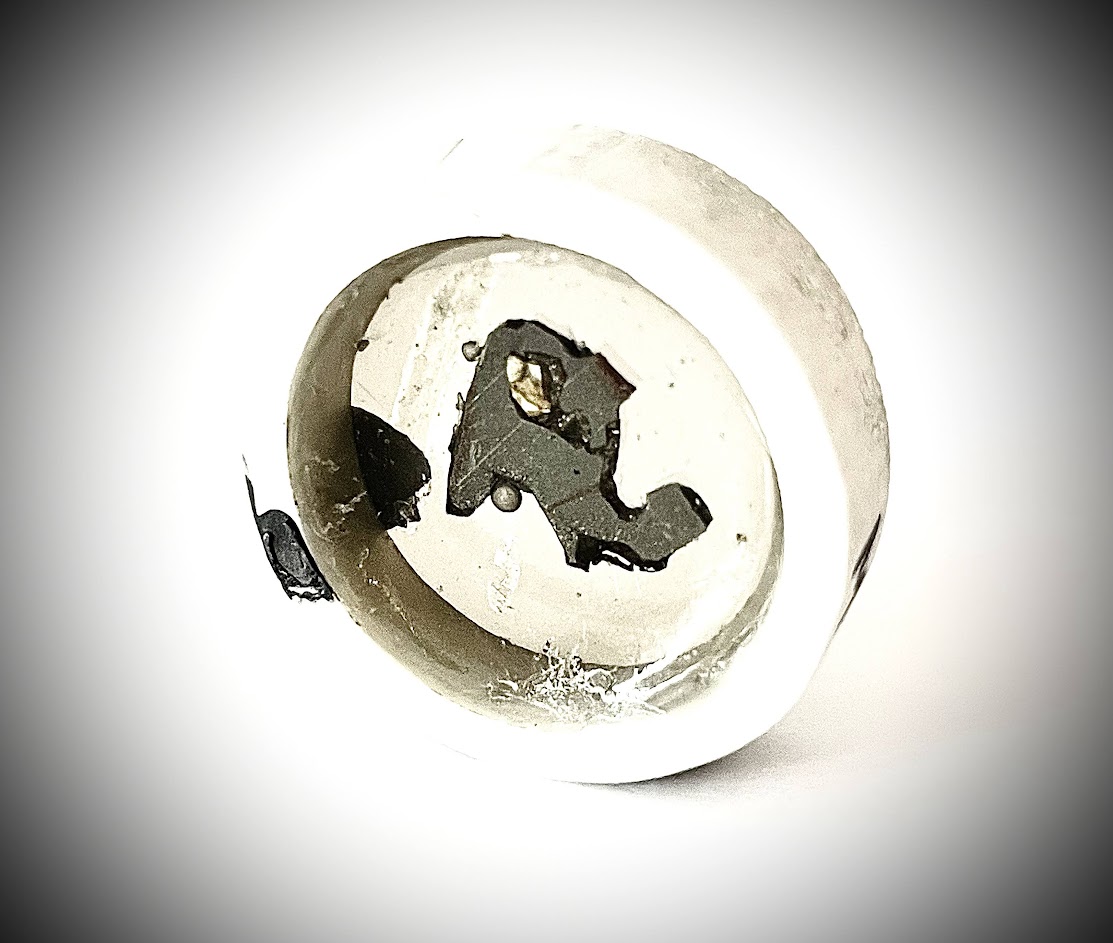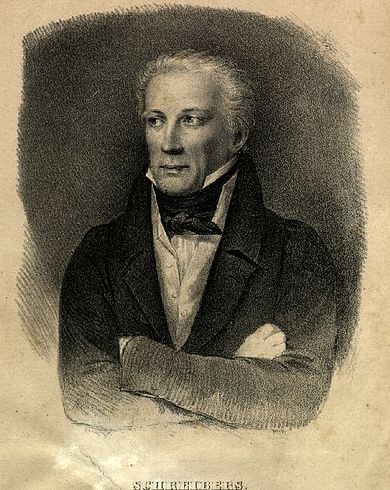Schreibersite
Meteoric mineral or product of lightning?
Outer space is riddled with mysteries that mankind has not yet been able to unravel during its existence. Alongside the unsolved mysteries, where we will have to make do with theories alone, there are the tangible pieces of the puzzle that fall on the surface of our home planet. I'm referring, of course, to meteorites. Mysteries in general have interested me since I was a kid, and even though I'm already slowly getting into cosmic mineralogy, meteorites, their formation, origin and composition are still a great fascination to me. For my third article on RuniverzuM, I decided to focus on the mineral Schreibersite, which is mainly found in meteorites.
Schreibersite, or also Rhabdit, is a rare iron-nickel phosphide mineral, (Fe, Ni)3P. It forms tetragonal crystals with perfect 001 fission. Its color ranges from bronze to brassy yellow to silvery white. It is opaque with a metallic lustre. In the picture below you can see the mineral encased in epoxy resin, coming from the ironstone meteorite Brahin.

Occurrence
The mineral occurs only as a minor component very often together with the minerals troilite (FeS) and cohenite (Fe, Ni)3C. Schrebersite is most abundant in the metallic iron-nickel matrix of iron meteorites. However, the occurrence is not limited to iron meteorites. Schreibersite is also found in other meteorite groups, such as iron-stone pallasites. Schreibersite is known to be important in the formation of the so-called Widmannstätten patterns.
Apart from the main occurrence of the mineral in iron and iron-stone meteorites, only a few terrestrial occurrences are known. A very interesting occurrence is fulgurites, rocks formed by lightning striking sand, soil or rock. On the Earth's surface, schreibersite has also been discovered in the basalts of Disko Island off Greenland.
Discovery
Schreibersite was discovered in 1847. It was described and named in honour of the Austrian naturalist Karl Franz Anton Ritter von Schreibers, who was one of the first to describe it in iron meteorites.
Karl Franz Anton Ritter von Schreibers
The mineral schreibersite was named after Karl Franz Anton Ritter von Schreibers, who was director of the Vienna "Naturalienkabinette" from 1806 to 1851. Under his leadership, the first scientific studies of meteorites were initiated in Vienna, the meteorite collection was expanded with numerous historically valuable specimens and was exhibited for the first time in its own hall. Schreibers, like many scientists of his time, was interested in a wide range of topics. Especially meteorites.

In 1808, shortly before 6 a.m. on 22nd May, an event called the "Stannern meteor shower" took place in the vicinity of Stannern. The meteor shower near Stannern occurred only 5 years after the scientific community accepted the theory of the possibility of meteorites, i.e. rocks falling from space.
According to surviving chronicles, the Stannern meteor shower was observed by a relatively large number of witnesses. The presence of many people was due to the fact that it was Sunday and many people had gone to church for mass. The event lasted approximately 8 minutes, with about 200 to 300 meteors hitting the Earth. None of the bystanders were reportedly hit by the falling meteors, and there was apparently not even any loss of livestock or property.
Shortly after the fall, Karl Franz Anton Ritter von Schreibers appeared on the scene. This researcher was instrumental in documenting the event to a very high standard. He collected information at the site, but also the meteorites themselves. Schreibers meticulously recorded information about each find, so that today we know that the scattering ellipse also affected a number of villages adjacent to Stannern. Stones were found in the villages of Otín, Rosice, Cerekvička, as well as Dlouhá Brtnice, Hladov, Stará Říše and many others. The area had the shape of an ellipse oriented in a north-south direction, about 12.5 km long and 4.8 km wide.
After the events of 31st October 1848, when Vienna was bombed by the Imperial Army and subsequently a fire broke out in the building of the natural history chamber, which housed the collections and almost all of von Schreibers' work. Almost everything was consumed by the flames, unfortunately only his meteorite collection was preserved.

Points of interest
- In 1986, it was discovered that lightning strikes on the Earth's surface could have created schreibersite and therefore could have been a source of phosphorus for early life.
- In 2007, it was shown that schreibersite and other meteoric minerals containing phosphorus may be the ultimate source of phosphorus for the origin of life on planet Earth.
- Billions of years ago, most of the phosphorus was locked up in the insoluble minerals of the young Earth.
- Schreibersite is highly reactive and can release the phosphorus needed to form organic molecules.
- Lightning could have "produced" significant amounts of phosphorus.
Mgr. Radek Šrejbr, 19. 8. 2022